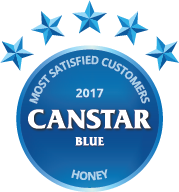Compare New Zealand honey with Canstar Blue. Airborne, Mother Earth, Arataki, Comvita, Pams, Signature Range and Value were rated on taste, value for money, variety, packaging and overall satisfaction.
See our Ratings Methodology.
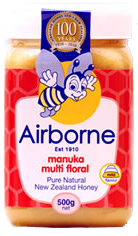
Drizzled on our favourite dessert, smothered over warm toast for breakfast or mixed with lemon and hot water for a refreshing hot drink, honey is one of the most versatile ingredients we have in our kitchen cupboards. For many Kiwis – 67% – it is also important that the honey we buy is produced here in New Zealand. But amazingly, despite having two types of native bee, honey is not indigenous to New Zealand because neither one is honey producing.
It was not until 1839 that honey bees were introduced to the land of the long white cloud and very quickly (and quite literally) took off into the lush, green bush. Wild colonies soon became commonplace, as did their honey, and by the 1860’s local Maori had become New Zealand’s first commercial beekeepers.
Today, New Zealand is home to over 680,000 hives, producing 19,885 tonnes of honey. Just under half is then sent overseas making New Zealanders second only (in US dollar value) to China in honey exporting.
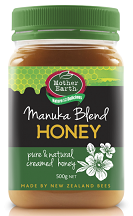
New Zealand is a stunningly beautiful country with a high percentage (around 80%) of native trees and flowers. It’s these plants that give our honeys their unique qualities and flavours. On a global scale, one of the better known, and increasingly popular, is Manuka.
Made from the nectar of the Manuka (or New Zealand Tea) tree, the unmistakable dark colour and earthy flavour of Manuka honey is thought by many (including 34% of the people we surveyed) to have medicinal or healing qualities.
More commonly found on New Zealand’s North Island, the Manuka tree is usually one of the first plants to re-establish itself in areas of deforestation so it is relatively easy for bee keepers – or apiarists – to identify where to position their hives. They then let the bees free to do the rest. Obviously, having a living, rather than mechanical, production line makes it near impossible to obtain a 100% pure Manuka honey so there are various (very scientific) grading systems to determine purity.
The grading systems themselves have come under much scrutiny in recent times and as a result, a consultation and new proposed guidelines are currently (as of April 2017) being explored and considered by the Ministry for Primary Industries.
Gooey, sticky, runny, golden, sweet, smooth and natural are all words that spring to mind when you think of New Zealand honey. It’s probably because of these unique qualities that taste was rated as the single most important consideration people made when they were making a purchase. In order of significance, the most important qualities we look for are:
And a few more things we discovered…
| |
6% of men and 19% of women use honey in hair and beauty treatments |
| |
25% of women and 11% of men are scared when a bee flies too close to them |
| |
39% of people think that using honey is a better alternative to sugar in cooking |
| |
68% of Kiwis think that New Zealand honey has a good global reputation |
Canstar Blue commissioned I-view to survey 2,500 New Zealand consumers across a range of categories to measure and track customer satisfaction. The outcomes reported are the results from customers who have purchased and eaten honey from a supermarket in the last six months, in this case 1,355 New Zealanders.
Brands must have received at least 30 responses to be included. Results are comparative and it should be noted that brands receiving three stars have still achieved a satisfaction measure of at least six out of 10. Not all brands available in the market have been compared in this survey. The ratings table is first sorted by star ratings and then alphabetically. A rated brand may receive a ‘N/A’ (Not Applicable) rating if it does not receive the minimum number of responses for that criteria.
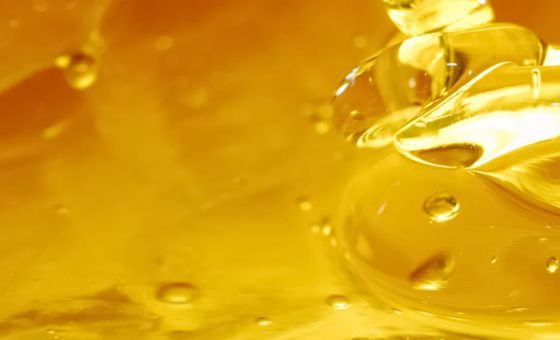
Best-Rated Supermarkets - April 28th
You may have heard that honey can heal your burns and cure your colds. But is that really true? Is honey just a sweet deception? Find out more at Canstar Blue.
– Read more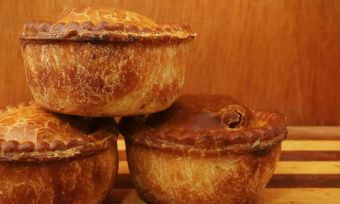
Best-rated Coffee Beans - May 12th
Best comfort foods: pies are near the top
– Read more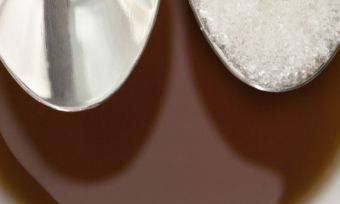
Best-rated Coffee Beans - May 12th
A quarter of New Zealanders are now turning down sugar in their tea due to rise in health consciousness.
– Read more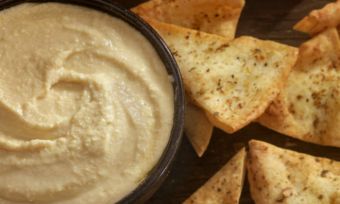
Best-rated Coffee Beans - May 4th
Dips go great with almost anything. Consumer research by Canstar Blue looks into exactly what we’re having our dip with.
– Read more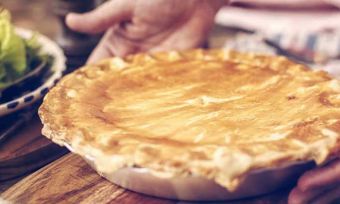
NZ Honey - April 14th
If you’re looking for some simple and delicious pie recipes, then give these a try.
– Read more